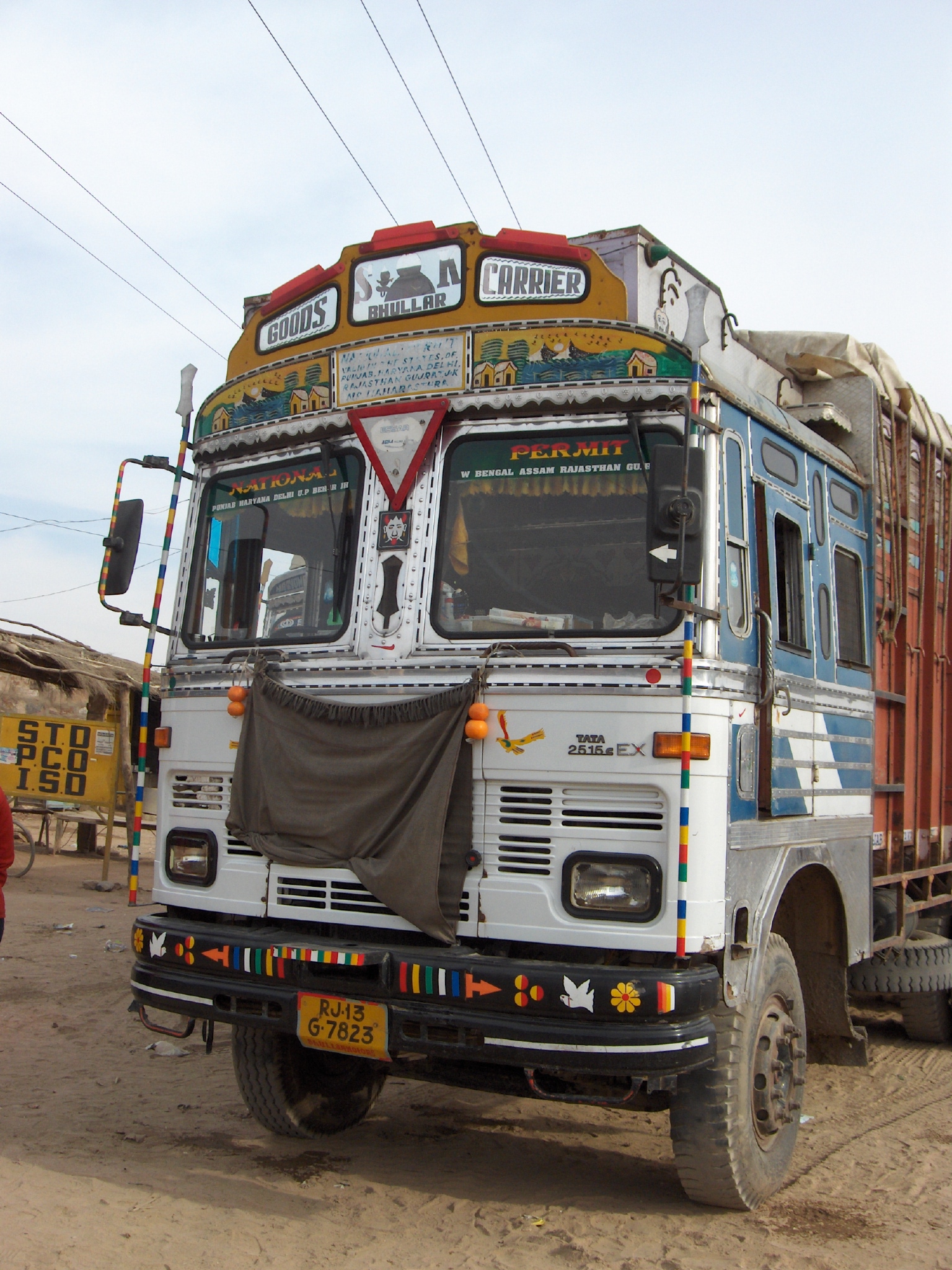The King chilli was on display and sale at the exhibition hall at Naga Heritage Village Complex, Kisama about 12 kilometers away from Kohima.
With peace ruling in Nagaland, people are dreaming big and trying to fulfill their desires that have long remained suppressed due to the turbulent times in the State.
Farmers in Nagaland are keen to take up commercial cultivation of Naga King Chilli. The attraction for its cultivation has grown after a memorandum of understanding signed recently by the State government, Indian Tobacco Company Limited and Spice Board of India.
Thangi Mannen, Commissioner and Secretary, Department of Horticulture, said: “We have entered into a memorandum of understanding with the ITC and Spice Board of India for crop diversification and to increase the production of the chillies.”
“Until now people here were cultivating Naga King Chilli on a small scale in their homes. Commercial cultivation requires technology and inputs which we hope to acquire through this MOU,” Mannen added.
Nagaland government has also started the process of securing Intellectual Property Rights for this chilli that has attracted millions of people for ages for their taste buds. The local farmers are now expecting a good return in the near future.
Chen Rengma is a farmer from Tsonsinyu village of Nagaland. He is visibly delighted and proud of the chillies that he grows. Earlier, for a long time, he was perplexed whether he should continue with chilli farming or not. But the recent agreement has generated a fresh hope of prosperity for many farmers like Rengma in the State.
Rengma, said: “It (Naga King Chilli) has immense potential for farmers. If it is cultivated on a commercially viable scale it can bring fabulous returns to the farmers improving their livelihood phenomenally.” Rengma added: “More chillies means more peace, more happiness and more money for the rural farmers.”
Abe Mero, Promoter of Naga King Chilli, said: “Naga people no doubt want to carve a niche and a new identity for themselves. They know they have the potential, and given the right kind of environment, people would harness the development process for a better morrow.” Mero added: “Eco tourism and horticulture industries in the State are two major sectors that are in for a major boost. Peace is paying phenomenal dividends and it is reflected in the people’s confidence, in their attitude to development and life.”
 The driver of the looted truck, which was the last of the convoy of three trucks, realised after reaching the Maudarh village that a few bags of rice had gone missing from his truck.
The driver of the looted truck, which was the last of the convoy of three trucks, realised after reaching the Maudarh village that a few bags of rice had gone missing from his truck.
 The central government also pumps in a lot of federal funds to promote economic development that is seen as crucial to win the hearts and minds of the locals.
The central government also pumps in a lot of federal funds to promote economic development that is seen as crucial to win the hearts and minds of the locals. 